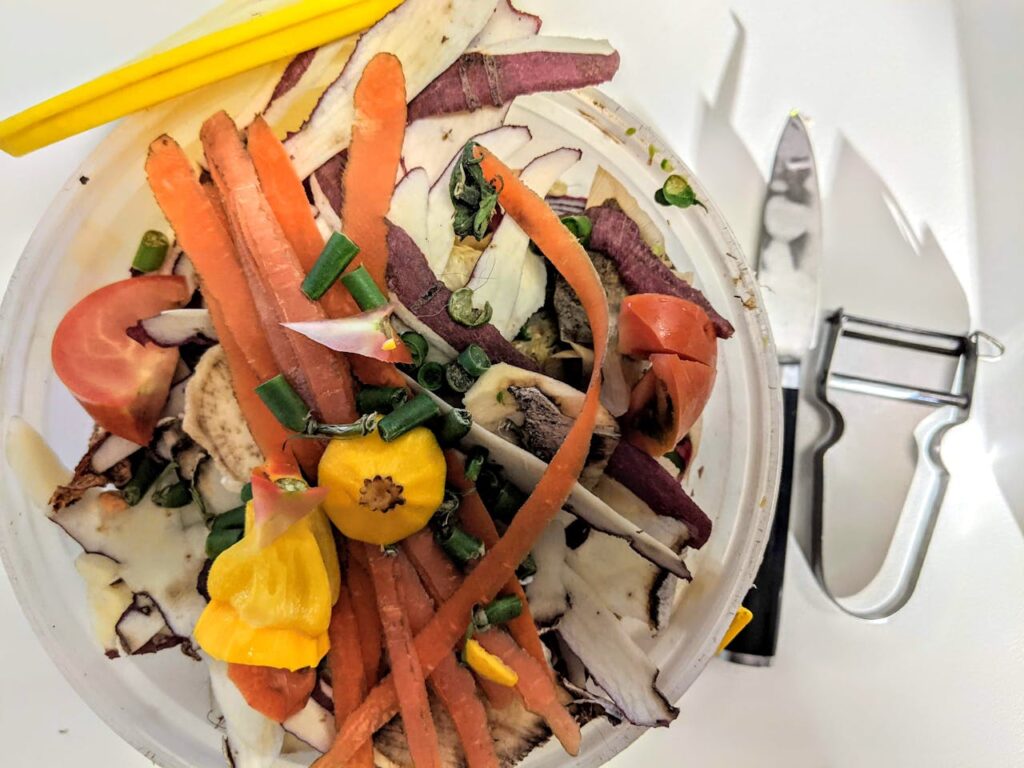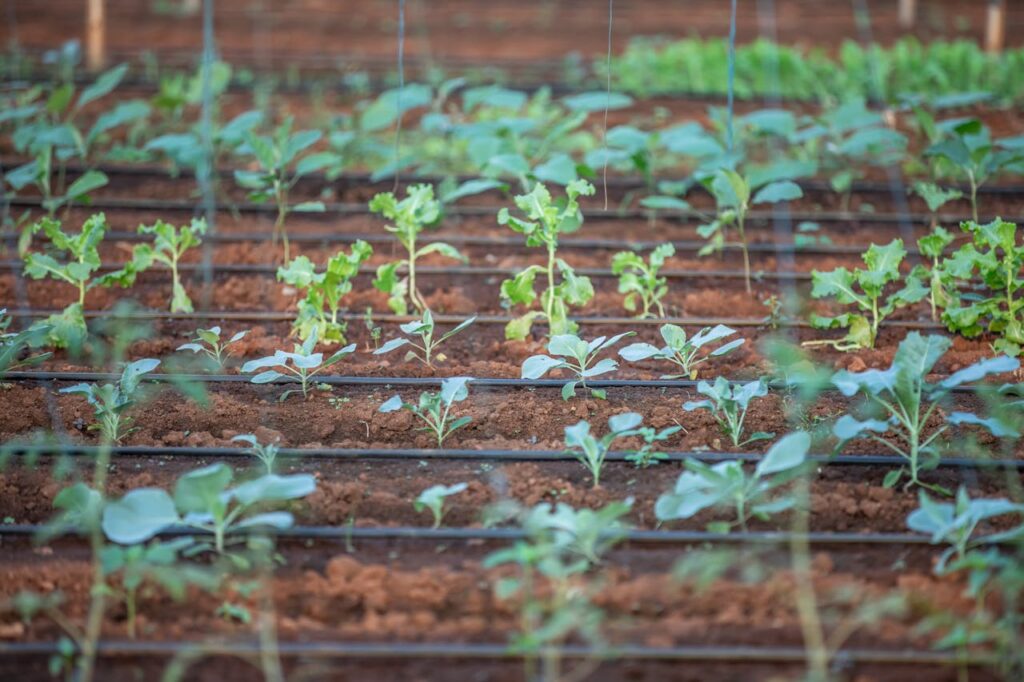Introduction
Sustainable gardening is more than a trend—it’s a way to nurture the environment while growing your own food. From choosing the right plants to adopting water-saving techniques, anyone can transform their garden into an eco-friendly haven.
1. Choosing Native and Drought-Resistant Plants
Plants adapted to your local climate require less water and care, reducing environmental impact. Native species support local biodiversity, attract pollinators, and thrive without chemical fertilizers.
2. Soil Health: The Foundation of Gardening
Healthy soil is crucial for plant growth. Composting enriches the soil naturally, reduces waste, and improves water retention. Learn how to start a compost bin and understand soil testing for optimal plant health.

3. Efficient Watering Techniques
Water conservation is key. Install rain barrels to collect water for your garden. Drip irrigation systems deliver water directly to plant roots, reducing waste and promoting deep rooting.

4. Companion Planting and Pest Management
Pairing certain plants together can enhance growth and repel pests naturally. For example, marigolds deter nematodes, while basil can protect tomatoes from harmful insects.
5. Reducing Chemical Use
Avoid synthetic pesticides and fertilizers. Instead, opt for natural alternatives like neem oil or diatomaceous earth, which are safe for the environment and beneficial insects.
6. Mulching and Weed Control
Mulching not only retains moisture but also suppresses weeds and regulates soil temperature. Use organic mulch such as straw, wood chips, or shredded leaves.
Conclusion
Sustainable gardening benefits the planet and provides a healthier environment for your plants. Begin today and enjoy the rewards of a green lifestyle!



I like before and two of my plastic cup Are you And we let the battalion until they